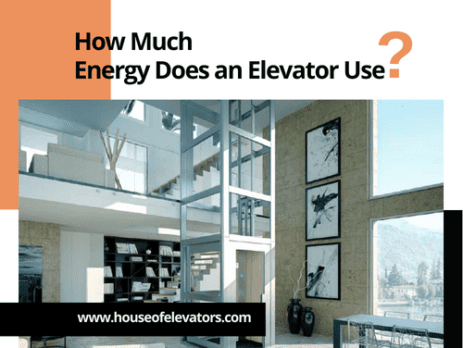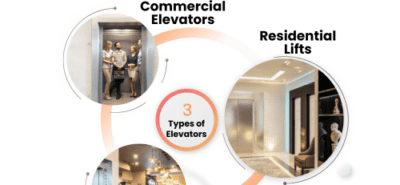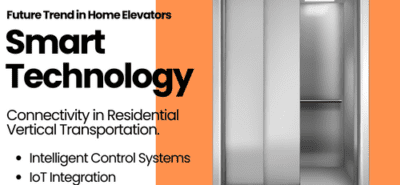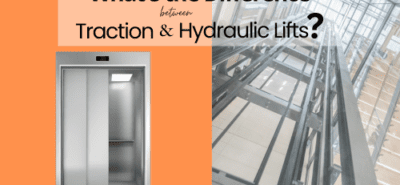How Much Energy Does an Elevators Use?
The energy consumption of a residential elevator is influenced by the lift type, the load weight, and the travel distance. For instance, a hydraulic elevator will consume more electricity when transporting a heavier load compared to a lighter one, and an electric elevator will use more power when moving at high speeds. However, home lifts are generally energy-efficient. On average, a typical residential lift utilises approximately 1 kWh of electricity per day, equivalent to the energy consumed by a standard light bulb for two weeks. This means that operating a home lift costs less than $0.10 per day. Furthermore, modern models are designed to be even more energy-efficient, with some consuming as little as 0.5 kWh per day.
Elevators consume a significant amount of energy, but the exact amount can vary depending on several factors, including the elevator’s size, age, speed, and usage patterns.
Here are some key factors to consider when determining how much energy your elevator uses:
1.Elevator Size: The larger the elevator, the more energy it will consume. This is because larger elevators require more power to move the heavier weight of the elevator car and its passengers.
2.Elevator Age: Older elevators tend to use more energy than newer models, as they may not be as energy-efficient or have the latest technology to reduce energy consumption.
3.Elevator Speed: The faster the elevator moves, the more energy it will consume. However, modern elevators are designed to use regenerative braking, which captures energy generated during the descent of the elevator and feeds it back into the building’s electrical grid.
4.Usage Patterns: The number of times the elevator is used and the amount of weight it carries can impact energy consumption. Elevators that are used frequently and carry heavy loads will use more energy than those that are used infrequently and carry lighter loads.
To determine how much energy your elevator uses, you can consult the elevator manufacturer’s specifications or contact a professional elevator service company to conduct an energy audit. An energy audit can help identify areas where energy consumption can be reduced, such as upgrading to more energy-efficient equipment or adjusting usage patterns to reduce elevator trips.
Reducing Lift Power Consumption
Reducing lift power consumption can help building owners and managers save on energy costs while also reducing the building’s carbon footprint. Here are some ways to reduce lift power consumption:
- Install energy-efficient lighting in the elevator shaft and lobby areas to reduce energy consumption during non-peak hours.
- Use a regenerative drive system to capture and store the energy generated during braking, which can then be used to power the lift during operation.
- Install motion sensors to switch off the lights and ventilation systems in the lift when it is not in use.
- Install a standby mode to switch off the lift’s lighting, ventilation, and other non-essential systems when the lift is not in use.
Conclusion
At House of Elevators, we believe in providing our clients with the best solutions that are not only efficient but also environmentally friendly. Our elevators are designed to meet the highest standards of performance and energy efficiency, ensuring that you get the most out of your investment.
In conclusion, elevator power consumption is an essential factor to consider when purchasing an elevator. At House of Elevators, we offer a wide range of energy-efficient elevators that are designed to minimise power consumption while maintaining the highest level of performance and safety. Contact us today to learn more about our products and services, and how we can help you reduce your energy bills while improving your building’s mobility.











